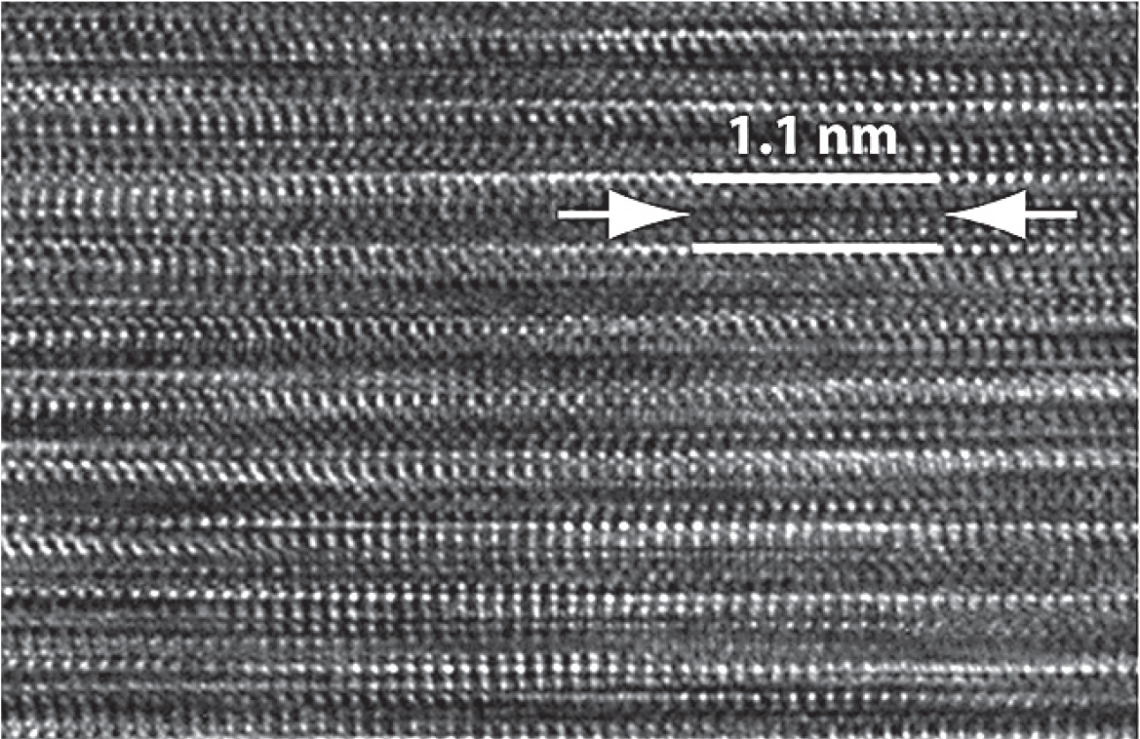Studying stardust with a microscope

When people think of astronomy, they often picture scientists using telescopes such as the Large Binocular Telescope on Mt. Graham to examine the light emitted by stars outside the solar system.
Scientists use measurements from such telescopes to glean a wealth of information about a star, including what stage it is in its lifecycle, its size and its chemical makeup.
Astronomers must make such measurements remotely because they can’t visit a star to extract a sample of it.
But there are ways to get a piece of a star and study it in the laboratory. That’s what I do — I study pieces of ancient stardust. But instead of using a telescope, I use a microscope to look for stardust inside meteorites.
Over their lifetimes, stars shed matter that can condense into solid mineral grains — stardust — if conditions are just right.
The grains can be transported for millions of years through the interstellar medium and be incorporated into newly forming stellar systems such as our own solar system
Primitive meteorites, solid relics left over from our solar system’s birth, have continually rained down on Earth over its 4-billion-year history.
To find bits of stardust, my colleagues and I examine the chemical composition of such meteorites. We are looking for evidence of the process through which atomic nuclei are fused together – a process that occurs inside stars.
Material from long-ago stars has a different chemical composition from material formed in our solar system. The differences are in the proportion of forms of elements called isotopes. My colleagues and I use an instrument called a secondary ion mass spectrometer to probe the composition of meteorite pieces as small as 50 nanometers (1 nm = 0.000000001 meters). If the dust speck has the right isotopic composition, we know we have a piece of stardust.
By comparing the stardust grain’s composition to theoretical predictions, we can infer the kind of star the grain came from, its mass, its evolutionary state, and its bulk chemical makeup.
Once we know the meteorite contains stardust, we probe deeper. Using a focused-ionbeam scanning-electron microscope, we take one microscopically thin slice from a grain of stardust.
We then look at the slice with a transmission electron microscope to see the atomic structure and to learn more detailed chemistry. With that information, we determine how and under what pressure and temperature conditions the solid dust grains formed around their host stars.
Figuring out how the grains formed and their structure sometimes helps us learn how the stardust traveled through interstellar space before being injected into our part of the Milky Way galaxy 4.5 billion years ago.
Our laboratory studies of stardust provide direct information on the workings of stellar interiors and their gaseous envelopes.
These stardust grains are quite literally the building blocks of our solar system. They are what was around in our local part of the Milky Way before the planets and the sun formed.


